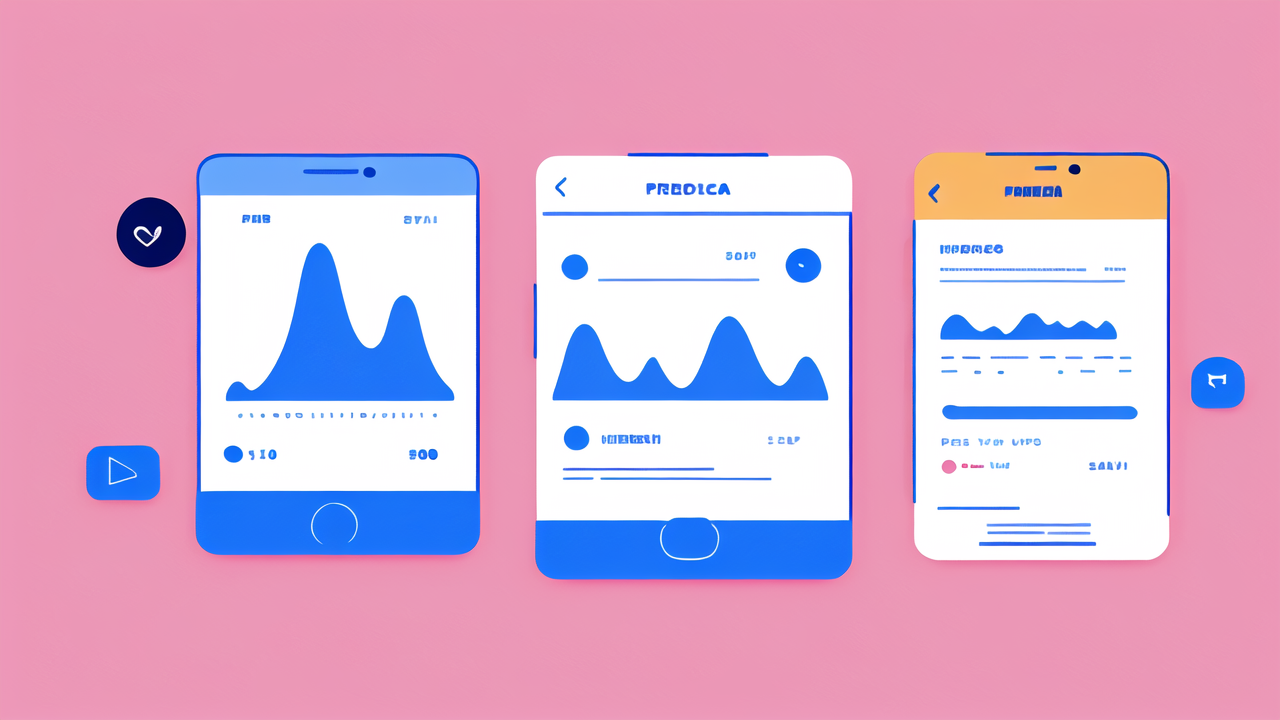Introduction to Fila's Smart Watch and Health Tracking
The Evolution of Fila's Wearable Technology
Fila, a brand known for sportswear, has entered the smartwatch market. Their journey began with basic fitness trackers. These devices could count steps and estimate calories burned. As technology advanced, so did Fila's offerings. They integrated more sensors and improved data analysis.

The latest Fila smartwatch is a leap forward in wearable tech. It combines style with advanced health tracking features. The watch now offers a comprehensive view of the user's health. It's not just about counting steps anymore. Fila's smartwatch can monitor heart rate, sleep patterns, and more.
This evolution reflects the growing demand for personal health data. Consumers want devices that do more than tell time. They seek tools that can help them understand and improve their health.
Key Health Tracking Features of Fila's Smart Watch
Fila's smartwatch boasts an impressive array of health tracking features. Here are some key functions:
- Heart Rate Monitoring: Tracks heart rate 24/7
- Sleep Analysis: Measures sleep duration and quality
- Step Counter: Counts daily steps and distance traveled
- Calorie Tracker: Estimates calories burned throughout the day
- Stress Level Monitor: Assesses stress based on heart rate variability
- Blood Oxygen Saturation (SpO2) Measurement: Monitors oxygen levels in blood
- Menstrual Cycle Tracking: Helps women track their menstrual cycles
These features work together to provide a holistic view of the user's health. The watch collects data continuously. It then presents this information in an easy-to-understand format. Users can access detailed reports and trends over time.
Fila's smartwatch also offers customized insights. It can suggest improvements based on individual data. For example, it might recommend more sleep if it detects poor sleep patterns. Or it could suggest ways to reduce stress if levels are consistently high.
Analyzing the Accuracy of Fila's Health Metrics
Cutting-Edge Technologies in Fila's Smart Watch
Fila's smartwatch employs several advanced technologies to ensure accurate health tracking. At its core is a high-precision accelerometer. This sensor detects motion in three dimensions. It's crucial for step counting and activity recognition.

The watch also uses photoplethysmography (PPG) for heart rate monitoring. This technology uses light to detect blood flow changes. It's the same method used in many medical-grade devices. Fila has refined this tech to work reliably on the wrist.
For sleep tracking, the watch combines movement data with heart rate patterns. This dual approach improves the accuracy of sleep stage identification. It can differentiate between light, deep, and REM sleep.
The stress level monitor uses heart rate variability (HRV) analysis. HRV is the variation in time between heartbeats. It's a known indicator of stress and overall health. Fila's algorithms interpret HRV data to estimate stress levels.
Blood oxygen measurement relies on a specific type of PPG. It uses red and infrared light to estimate oxygen saturation. This feature is particularly useful for monitoring respiratory health.
The Relationship Between Fila's Health Data and Actual Health
The accuracy of Fila's health metrics is a crucial consideration. While the technology is advanced, it's important to understand its limitations. Smartwatch data should complement, not replace, professional medical advice.
Heart rate monitoring on Fila's watch is generally reliable for resting rates. However, it may be less accurate during intense exercise. This is a common limitation of wrist-based monitors. They can struggle to keep up with rapid heart rate changes.
Step counting is usually quite accurate. But it may overcount in some situations, like when gesturing with hands. The watch's algorithms try to filter out non-walking movements. Still, some errors can occur.
Sleep tracking provides useful insights, but it's not as precise as clinical sleep studies. It can give a good overview of sleep patterns. However, it may not catch all sleep disturbances.
Stress level estimates are based on HRV, which is influenced by many factors. While useful, they shouldn't be taken as definitive measurements of stress. They're best used to track general trends over time.
Blood oxygen readings can be informative, but they're not medical-grade. They can alert users to potential issues. However, any concerns should be verified with proper medical equipment.
Overall, Fila's health metrics provide valuable insights for general wellness. They're most useful for tracking personal trends and changes over time. Users should view them as tools for better health awareness, not as diagnostic devices.
The Impact of Fila's Smart Watch on Personal Health Management
Enhancing Lifestyle and Wellness with Fila's Insights
Fila's smartwatch has the potential to significantly impact personal health management. It provides users with a wealth of data about their bodies and behaviors. This information can be a powerful tool for lifestyle changes.

The continuous heart rate monitoring can help users understand their cardiovascular health. They can see how different activities affect their heart rate. This knowledge can guide exercise routines and stress management techniques.
Sleep tracking features can lead to better sleep hygiene. Users might notice patterns in their sleep quality. They can then make changes to improve their rest. Better sleep can have wide-ranging health benefits.
The step counter encourages more physical activity. It makes users aware of their daily movement. This awareness often motivates people to be more active. Even small increases in daily steps can improve overall health.
Stress level monitoring can help users identify and manage stressful situations. They might notice certain times or activities that increase stress. With this knowledge, they can take steps to reduce or cope with stress better.
The menstrual cycle tracking feature helps women understand their bodies better. It can aid in family planning or managing menstrual symptoms. This feature empowers women with knowledge about their reproductive health.
Overall, Fila's smartwatch turns health data into actionable insights. It helps users make informed decisions about their lifestyle. This can lead to improved wellness and a more proactive approach to health.
Integrating Fila's Smart Watch into Health Care and Research
Fila's smartwatch isn't just a personal wellness tool. It has potential applications in healthcare and research. The continuous data collection could provide valuable insights for medical professionals.
In healthcare, the watch could help with remote patient monitoring. Doctors could track patients' vital signs between visits. This could be especially useful for managing chronic conditions. It might allow for earlier interventions if health metrics change.
The sleep data could aid in diagnosing sleep disorders. While not a replacement for sleep studies, it could highlight potential issues. This might lead to more timely referrals to sleep specialists.
In research, Fila's smartwatch could contribute to large-scale health studies. The devices could collect data from many participants over long periods. This wealth of real-world data could lead to new insights about health and behavior.
The stress monitoring feature could be valuable in mental health research. It might help identify environmental or behavioral factors that influence stress levels. This could lead to better stress management strategies.
However, integrating smartwatches into healthcare raises privacy concerns. Fila would need robust data protection measures. They'd also need to ensure the accuracy and reliability of their data for medical use.
As wearable technology advances, its role in healthcare is likely to grow. Fila's smartwatch is part of this trend. It represents a step towards more personalized, data-driven health management.




Leave a comment
This site is protected by hCaptcha and the hCaptcha Privacy Policy and Terms of Service apply.